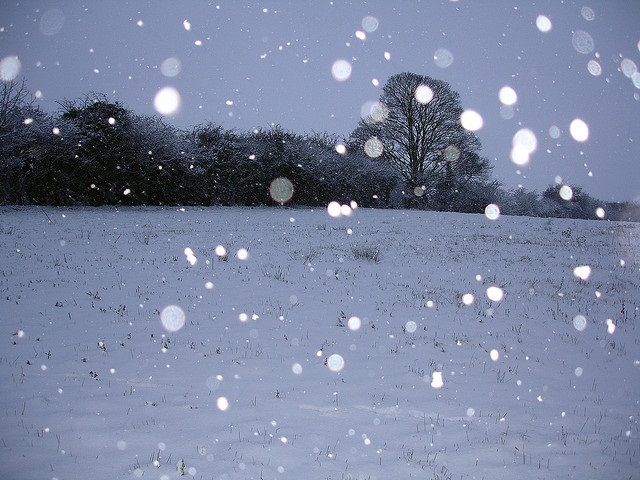Team:Mexico-UNAM-CINVESTAV/Project/Antifreeze Protein
From 2010.igem.org
(New page: =Image:Antifreeze-protein.jpg= leftVarious processes are involved in the formation of solid phase of the water, among others, the interaction betwee...) |
m (→Image:Antifreeze-protein.jpg) |
||
| Line 1: | Line 1: | ||
| + | {{Mexico-UNAM-CINVESTAV-HEADER}} | ||
| + | {{Mexico-UNAM-CINVESTAV-COUNTDOWN}} | ||
| + | |||
=[[Image:Antifreeze-protein.jpg]]= | =[[Image:Antifreeze-protein.jpg]]= | ||
Revision as of 02:24, 26 October 2010
Is a class of polypeptides, with a polyphyletic ancestry, produced by certain animals (like insects and fishes), plants and fungi that allow them to survive in freezing environments and to help them in maintain the body fluidity. (Simulation)
AFP`s possesses the ability to bind to the ice crystals surface, allowing the growth of ice at limited open spaces (ampliar) , leading to the formation of numerous convex ice surfaces between the bound of AFP`s. The growing ice surface becomes energetically unfavorable for further absorption of water molecules proportionately with the surface curvature, leading to the termination of ice growth. This AFP-induced inhibition of ice crystal growth can be detected macroscopically as a depression in the freezing temperature (Tf) of the solution without alteration of the melting temperature (Tm) ([Tf –Tm]). This is called thermal hysteresis. (Chattopadhyay; 2007) (Davies and Hew; 1990)
 "
"






